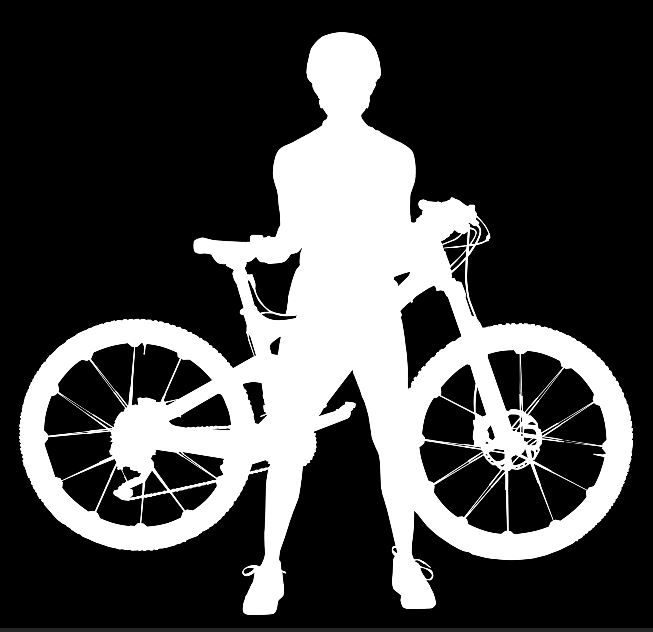Pathing and Quick Select - Part 1
I am going to spend the next couple of blogs talking about pathing, quick selection, refine edge and combining these tools. In this particular blog I am going to give a few quick pointers about pathing, next time we'll talk about feathering your edges so they look realistic and then we'll close with quick selection and how to combine them. I am going to assume you know how to use the pen tool and the quick select tool for this series...if you don't you should spend time learning them, there are plenty of tutorials!
One of the questions I've heard is "which should you use, quick select or pen tool?" I would say you need to know how to use both, and know how to combine them. I think it also depends on how quickly you need to finish a project and if you've thought about it before hand. The pen tool is great in that it can create perfect curves/circles. Quick select is awesome for things like hair and edges with high contrast.
I would say almost every image I finish has pathing in it (the pen tool), in fact, pretty much anything with a smooth edge I will path out. It is also VERY essential if you are retouching products, and it is important that you are accurate! When you are retouching a product you need to path out EVERYTHING, for instance, if it's a watch you need to path out: whole watch, strap only, bezel, crown, face, metal, glass, etc. You might be wondering how accurate you need to be, to that I would say you should be within 1 pixel of the edge in most places.
Here are some quick tips for pathing:
- Get close! I usually path around 200-300% zoom
- Test it, use a curves layer with your path to see if your path is accurate.
- With your path selected create a curves layer and adjust is drastically, you shouldn't see areas of the background being adjusted, if you do, adjust your path.
- Less is more, the less points you can use, the smoother your path will be
Below is an example of a paint drip that I was working on for a composite, the grey line is my path. You can see that it sits right along the edge and I will feather .5 pixels initially to blend it a little better. Also note that it only took 3 points to path out the bottom of the drop, it's essentially a circle and you don't need more than 4 points to make a circle.
Check out some examples of my paths below, I think paths by themselves can be pretty rad!! In the next blog I'll talk about feathering paths to create accurate and realistic edges...stay tuned and be awesome!




